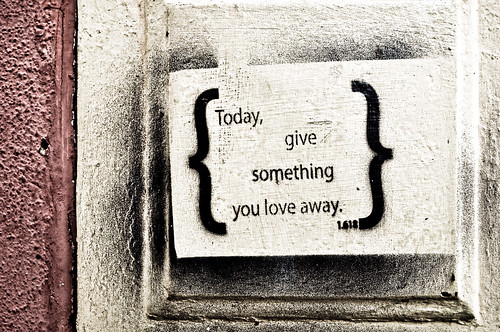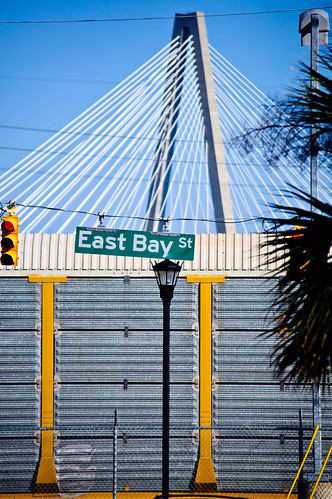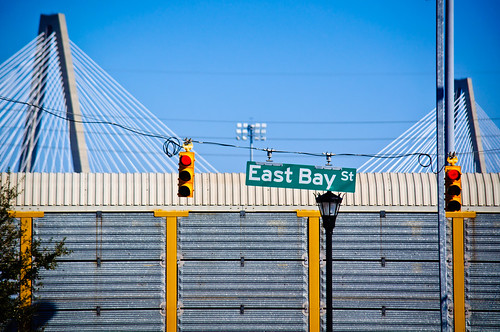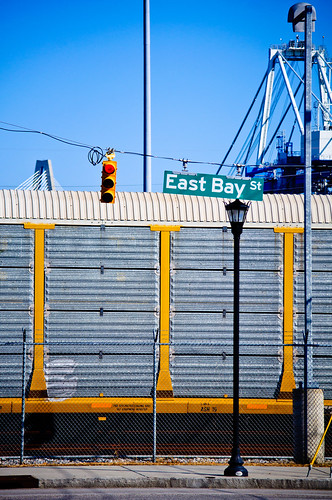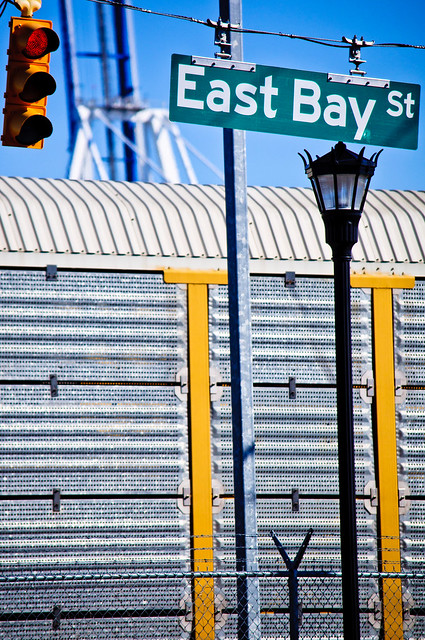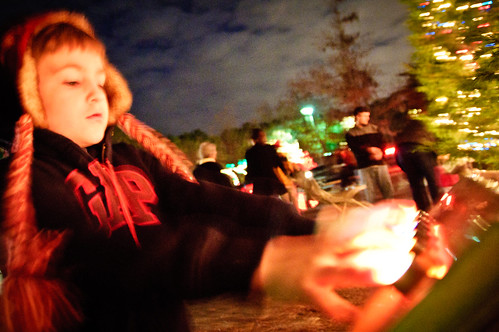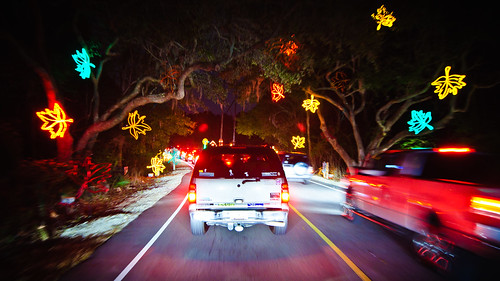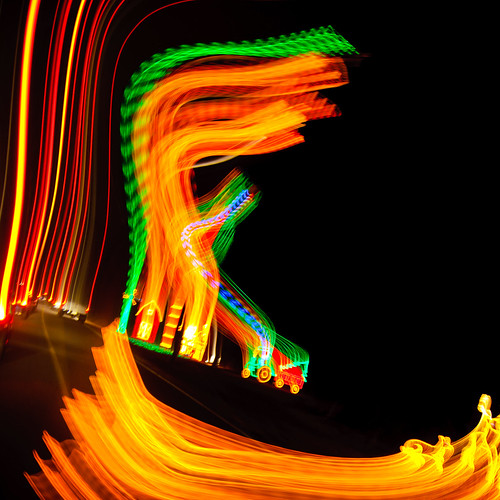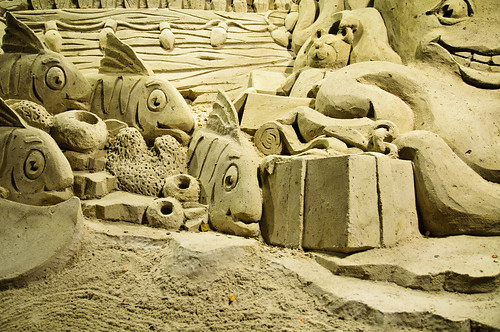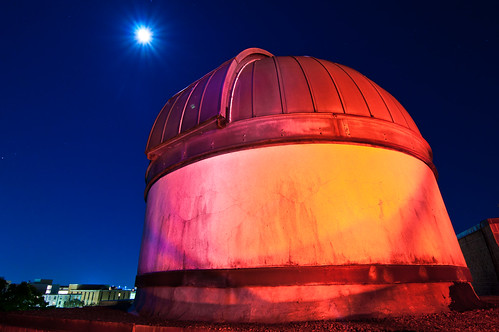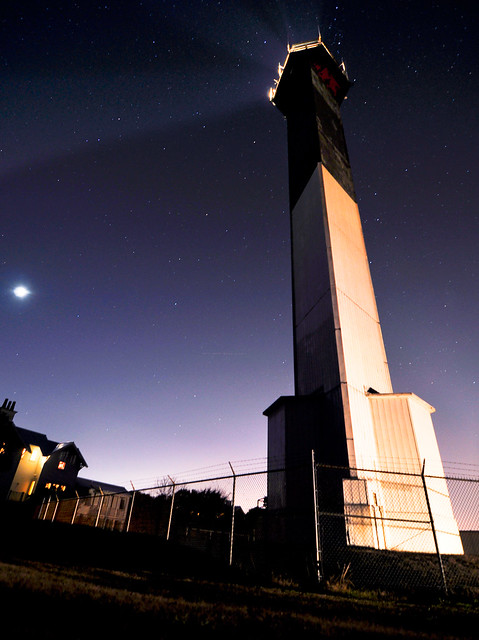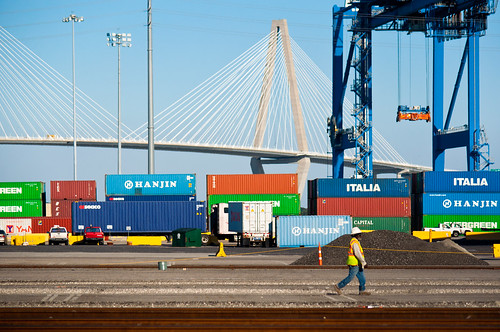Finding Your Composition Part 2
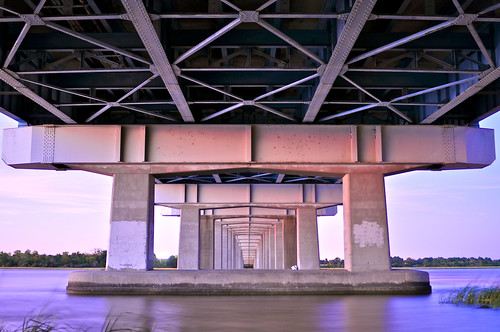
10 Seconds f/2.8 28mm ISO 200
I really enjoyed writing yesterday’s post. It’s truly a joy for me to talk about the decisions I make when making a photo and also why I choose my favorites from a shoot. I tend to flood my Flickr stream with a ton of different stuff, most of it out of context. Here on my blog I get to put things into a format that explains why I made the shots I did.
I was very pleased to see David duChemin’s blog post today talking about composition. He’s basically reiterating the importance of expression over conforming to the rules of composition. The point I think we both agree on wholeheartedly is that your vision needs to come from within you, not from a set of theories passed off as rules by the general population of some past era in design. Artists like Jean-Michel Basquiat made their statements through their individual and unique expression, not technical prowess.
As I continue to pursue the ideas I get in my head about what specific style I want to define myself with as a photographer, every once in a while I see something very extraordinary that brings out the child-like quality of why most of us ever pick up a camera. A scene screams to you – shoot me!! This was one of those scenes:
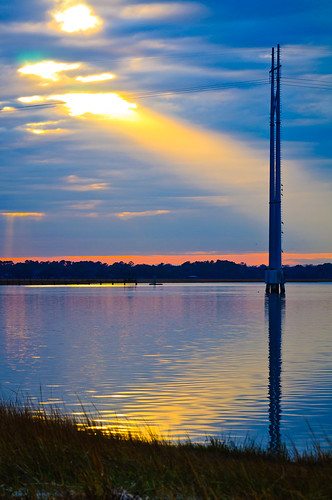
1/125th of a second F/8 92mm ISO 200
I have a favorite spot I revisit underneath the Cosgrove Bridge in Charleston, SC that a lot of fishermen like to hang out at. Later in the day on New Years Eve I was traveling over this bridge and got giddy when I saw a beam of light peering out from a break in the clouds. It was mystical to say the least. I would have beaten myself up if I didn’t pull the car over and start shooting. After grabbing a few shots I liked, it was gone. I was left with this completely different photo:
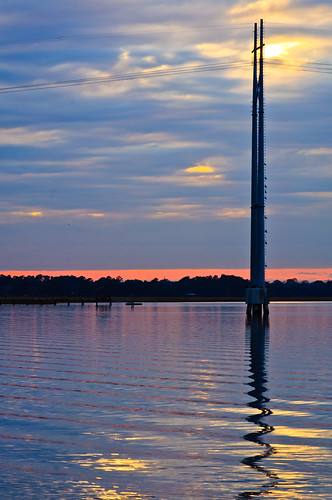
1/100th of a second f/12 120mm ISO 200
Now that my main element (the light beam) was no longer in the picture, I was able to look around and explore the effects of the clouds and the light over a scene that’s quite familiar to me. Slightly to the right of the two photos above was this scene:
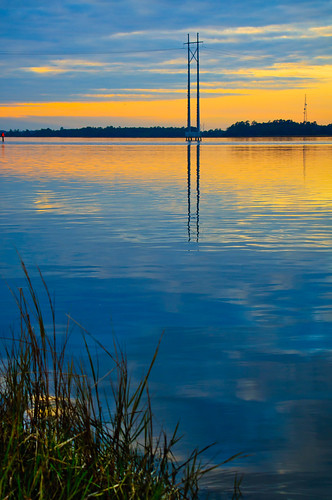
1/125th of a second f/8 55mm ISO 200
Notice how the color at the horizon is completely different at this viewpoint and time? I also took advantage of how the clouds were breaking and making triangles at the edge of the scene. While the first two have a horizon that’s nearly in the middle of the shot (some would say that that is a no-no, I say phooey), this one demands a different approach. The mirrored reflection in the water combined with its original elements compliment in a visually balanced way with the grass in the foreground. This was all very intentionally placed in the viewfinder as I composed the image. The secret to successfully composing scenic shots like these for me is to treat each element as a graphical object and place them in a way that they fit for my vision of the scene. My thought process usually begins with a voice in my head telling me, “this looks ‘right'”. After I get a shot like that, I’ll start to expand on it and step out of my head, because that bastard doesn’t know everything and needs to be stood up to every once in a while!
There was something very graphical and cool going on behind me with the clouds, the bridge, and a small pool of water in the foreground. I kept trying to find the best composition and settled on these few elements I just had to include. I started here:
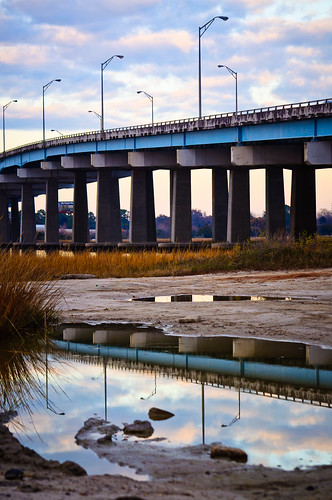
1/125th of a second f/8 85mm ISO 200
I wanted to show a bit more direction with the bridge and include more of the bush. I stayed in the same spot and moved my point of view and focal length slightly to get this:
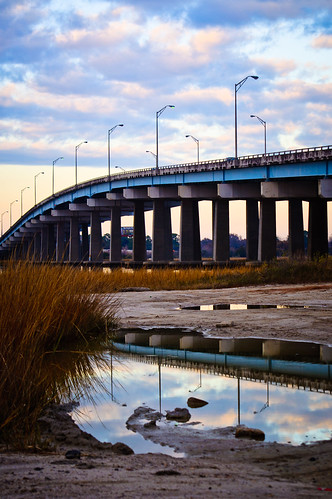
1/125th of a second f/8 68mm ISO 200
I was pretty happy with that last shot. I moved on and started shooting other stuff in the area for a little while. Then, as I was getting back in my car I looked once again at the same scene. Now the color and position of the clouds had gotten so much more vivid that I had to shoot one more shot of this scene. This is how I composed it this time:
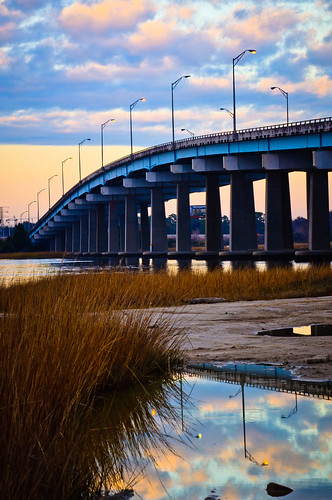
1/125th of a second f/13 92mm ISO 200
I like the last two for different reasons. This last one has a better definition in the clouds and the line of the bridge has a vanishing point that further conveys its direction through the image. I do like the inclusion of the dirt before the pool of water in the first two, but traded it off for that expanded bridge line in the third one. Photography can really be a game of give and take for more reasons than just light values! You see, there were fishermen there and their cars were parked right in my line of sight to the left of the frame. In order to eliminate them, I had to deal with what I had and make it work.
I hope to do a 3rd composition installment in the future involving portraiture, but I’ll need to shoot those shots with publishing the exploratory pics in mind! Thanks for reading. I hope you have a great start to your year. We had a bit of a scare in our house, but it all is seemingly working out now and we’re stronger for overcoming it. “Resistance” has its work cut out for it if it thinks it will hold my family back from its dreams!
